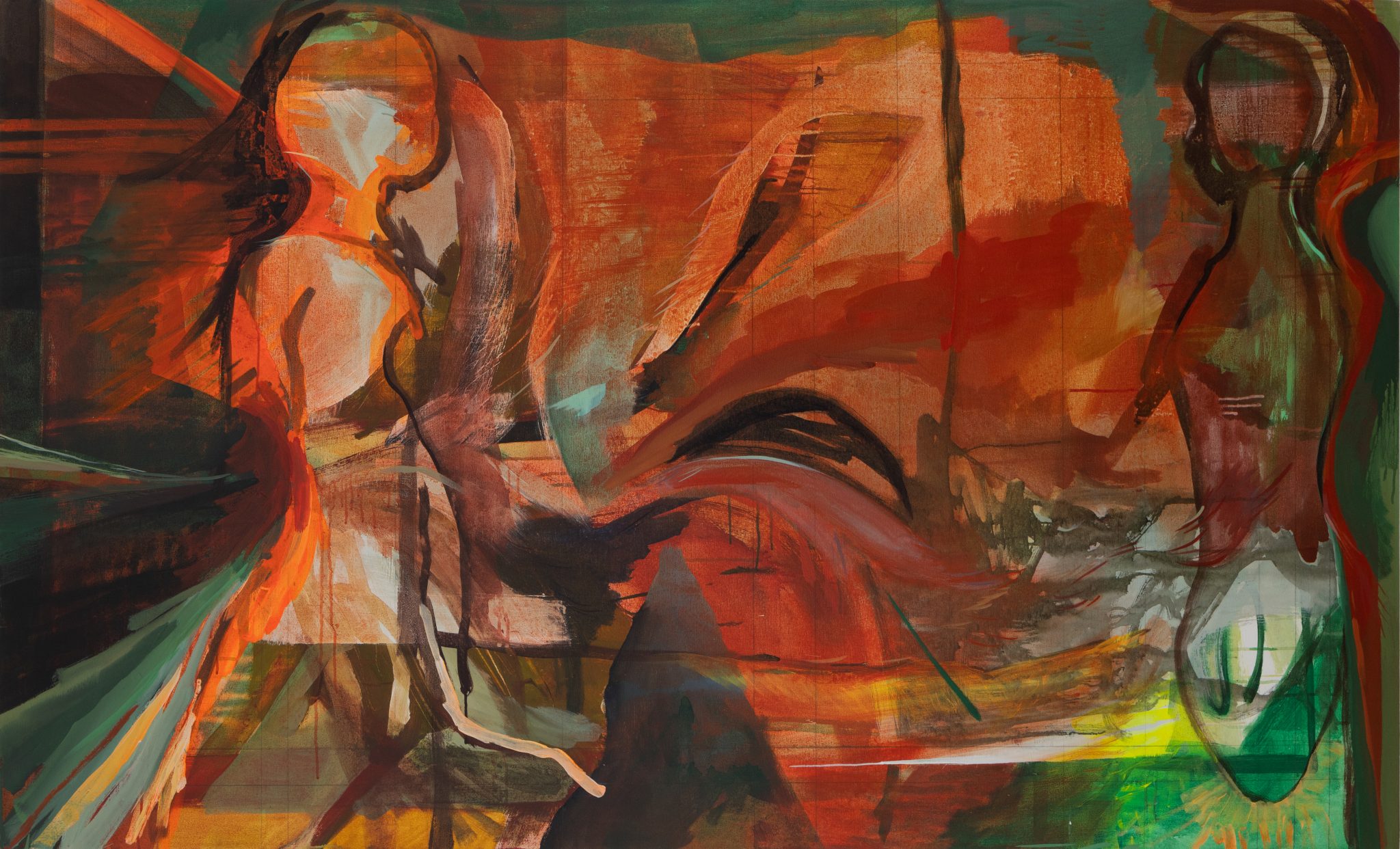From Jana Benitez’s vibrant paintings and a new album from Canadian minimalist composer Sarah Davachi to lessons in ‘good listening’ and the 11th edition of Berlin Art Week, our editors select their highlights from this month
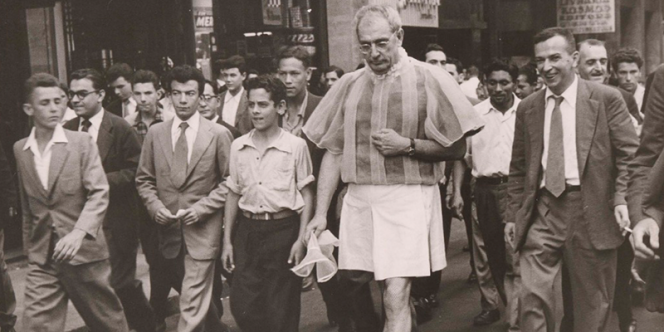
Flávio de Carvalho: Experimental
SESC Pompeia, São Paulo, through 23 January
While no single work can encapsulate the practice of an artist whose output ranged from glow-in-the-dark paintings to brutalist architecture, from experimental theatre to public performances (both baiting gender norms and religious conservatism), Flávio de Carvalho’s 1972 football kit designs might come close. After matches began to be shown in colour on Brazilian television, de Carvalho was inspired to sketch up a series of proposals for the national team: a dapper reinvention reminiscent of harlequin costumes, complete with fluorescent makeup for playing in the dark. This exhibition compliments a survey of de Carvalho’s life’s work (he died two years after his foray into sports apparel) with contributions from contemporary artists and designers. Among them is a series of self-portraits by Antonio Tarsis, showing the Salvador artist wrapped in cone-shaped dresses made from the city’s street market banners; Ana Mazzei’s modernist kinetic sculpture in which a seated wooden female figure moves slowly around a circular track; and Croche de Vilao’s pop culture-inspired embroidered caps, preeminent examples of a fashion subculture popular with the youth of São Paulo’s periphery. Oliver Basciano

Jana Benitez: Wild Silence
Pearl Lam Galleries, Hong Kong, 8 September – 29 October
In Jana Benitez’s largescale paintings, abstract human forms and flora merge in vibrantly-coloured paintings; in some, the frenzied brushstrokes convey a sense of claustrophobia, as in Kundalini (2021), where its Sanskrit title references a specific type of feminine energy translating to ‘coiled snake’, and where that snake appears as a winding stream of orange-red streaking down the centre of the painting, seemingly pulling other washes of colour (bright blues, greens, yellows) into its own sphere of gravity; elsewhere, that energy explodes outwards, from paintings like Antonio (2022), in which teal, ultramarine and dark green tendrils emerge from the bust of a human figure, and from the top of whose head abstract trees emerge. Through these paintings, the Filipino-American artist considers ‘our reflexive fight-flight-freeze response to danger or feeling triggered’, and tunes into basic human emotions by visualising chaos and order, and the potential for transformation. Fi Churchman
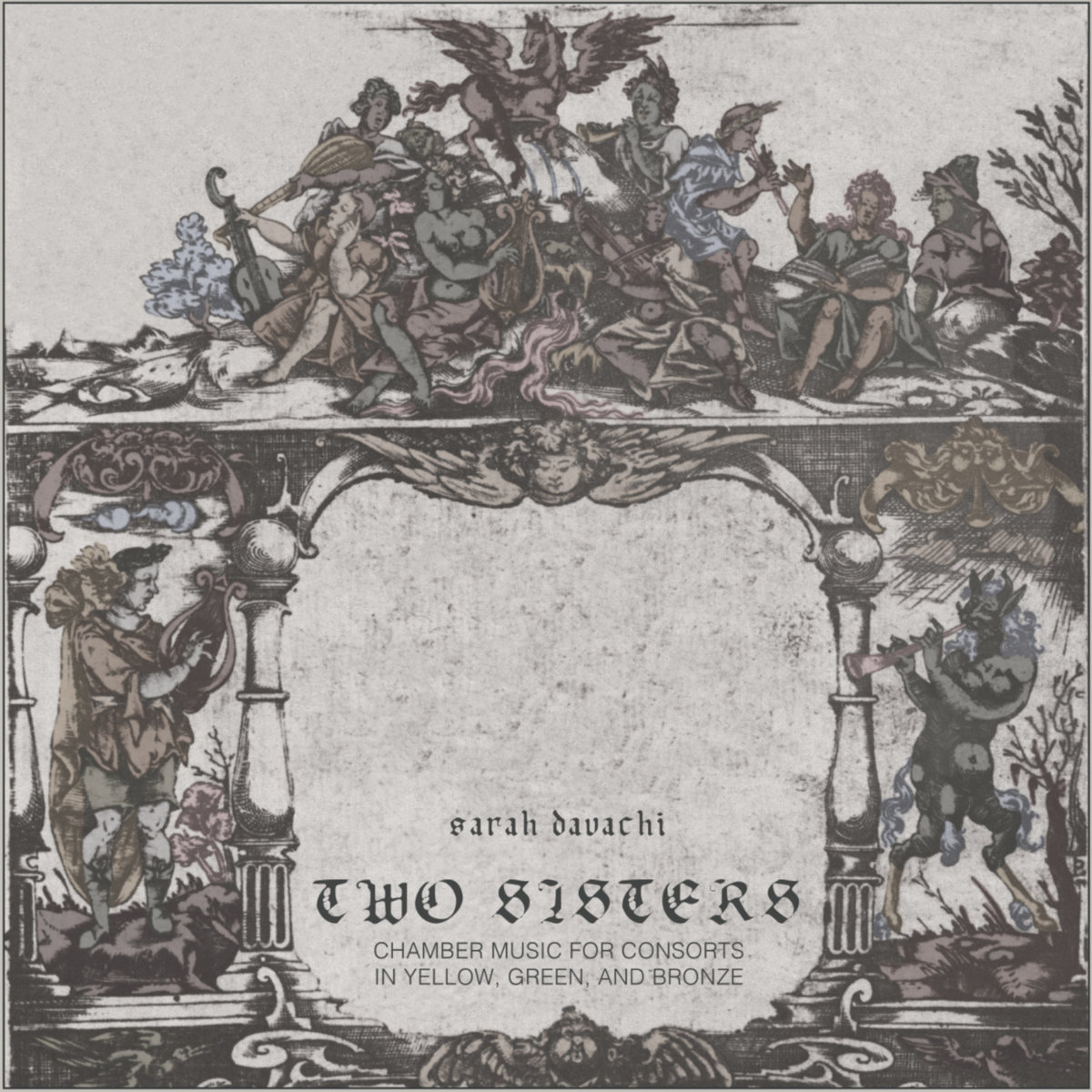
Sarah Davachi: Two Sisters
Late Music, 9 September
The Canadian minimalist composer Sarah Davachi will this month release Two Sisters, her tenth album less than a decade into a prolific career that belies the patience and contemplation of her music. She is an expert in managed dissonance, as evidenced by both the album’s advance releases: ‘Alas, Departing’ reinterprets a thirteenth-century choral ensemble, extending and downpitching the original to haunting effect; ‘En Bas Tu Vois’ is 13 minutes of a trombone quartet, tuned in just intonations that has roots as far back as Babylonia, elongating notes as shadows shift throughout the day. Companion video works by Dicky Bahto take the texture of the music for its lead, where disembodied hands or patterned cyanotype montages amplify a certain mysticism in the songs. Alexander Leissle
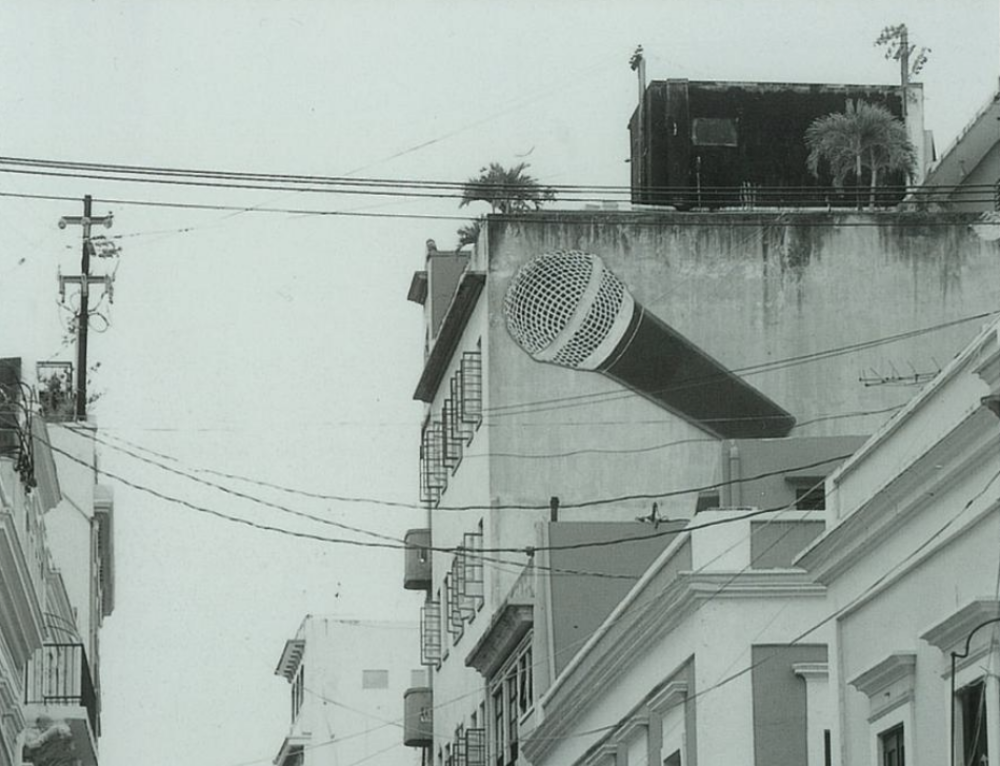
We didn’t ask permission, we just did it…
CAM St Louis, Missouri, 9 September – 12 February
In 2011, dozens of artists installed works on the sands, palm trees and undergrowth of the beaches east of San Juan, the Puerto Rican capital. The participants of the Gran Bienal Tropical, curated by Pablo Leon de la Barra, were competing for a golden pineapple, the paint-sprayed fruit a tongue-in-cheek tribute to the Venice Biennale’s Golden Lion. If a banner strung between tree trunks by Carolina Caycedo proclaiming ‘live local lore’, and animalistic fruit sculptures by Erika Verzutti, together with projects by locals including Radamés “Juni” Figueroa and Jesús “Bubu” Negrón, sound enigmatic prospects, then curator Mike Egan answered two years later with an even unlikelier proposition: a series of exhibitions in a forest remote cave. Amidst the bats and giant ants, over three annual editions of Cave-IN, the New York-based curator installed works by Alia Farid, Andra Ursuta and others, including Figueroa again. With their unusual public locations, both projects were initiated with little funding. Now, alongside local curator Michy Marxuach’s ‘invitational’ series (a San Juan-based programme of exhibitions, workshops and talks), they are now the subject of this survey, which uses archival material from the shows, as well as new contributions from the island’s artists, to examine the early 2010s explosion of the Puerto Rican art scene. Oliver Basciano
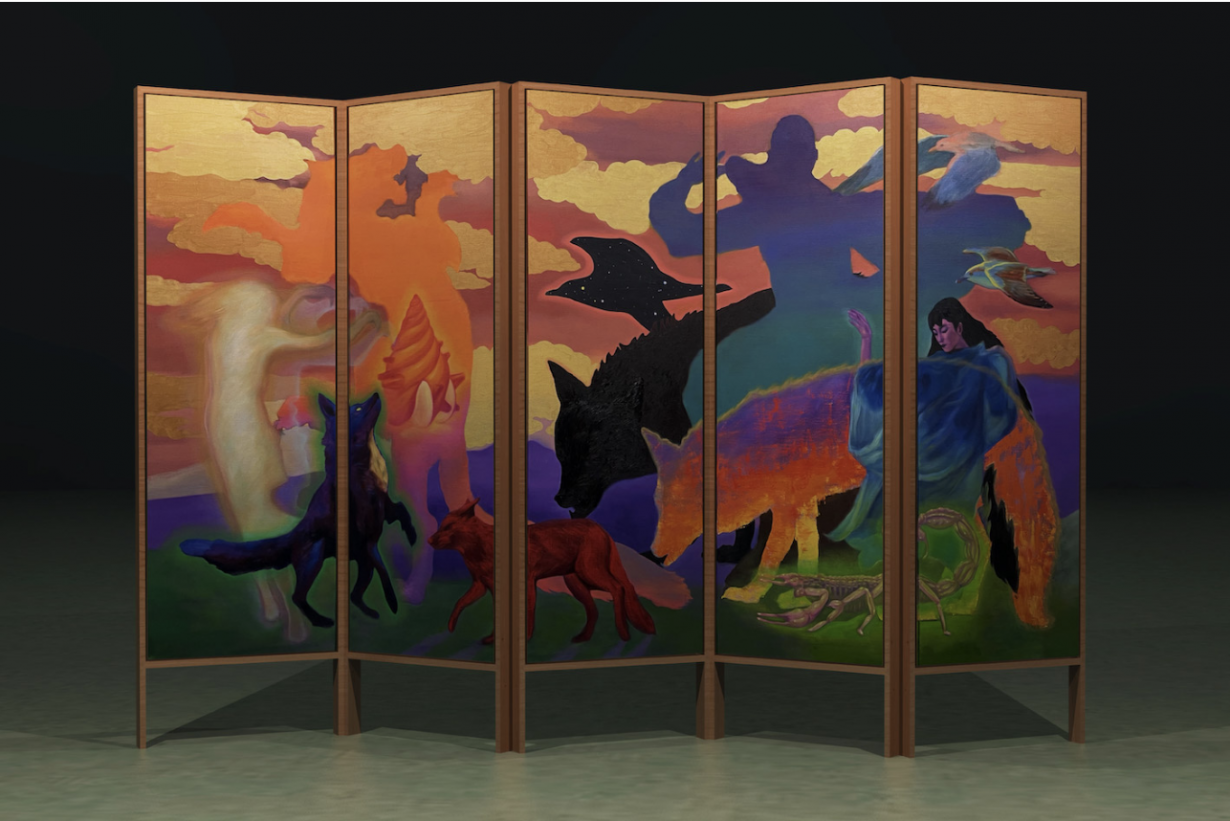
Soy Dreams of Milk
Blindspot Gallery, Hong Kong, 13 September – 29 October
Apparently everyone is still dreaming of milk, or milking the dream (depending on how you want to look at it), and by ‘everyone’ I really just mean that Venice Biennale’s The Milk of Dreams (based on Leonora Carrington’s book of children’s stories) is still open and Okoyama Art Summit’s Do we dream under the same sky is about to open. Dreaming is for everyone. But milk (cows’ that is) isn’t. In fact, given that more than two-thirds of the East Asian population can’t digest the stuff, it seems pertinent that Blindspot has decided to include a non-dairy version for the lactose intolerant. (At this point, the mind wants to drift into childhood memories of packed lunches that included a carton of Hong Kong’s best-known soy milk brand… But back to reality – or dreams – or something in between.) The title’s slightly curdled imagery alludes to an entanglement of these ‘universal substances’ and, somewhat more difficult to connect, ‘the restlessly wandering subject’ (meaning, in this context, the East Asian diaspora), all pasteurised and stored in an artworld-safe carton listing various additives like geopolitical forces, climate change, animist aesthetics, migration and a non-anthropological lens. Which all sort of goes against the simple appeal of a humble glass of soy milk. Nevertheless, the six artists presented in the exhibition seem a promising combination. Patty Chang, Michael Ho, Lap-See Lam, Tan Jing, Zadie Xa and Xiyadie are set to engage with various ways of transmitting ideas, based around emotions, rituals, sexuality or the senses, across geographical and cultural borders. Fi Churchman
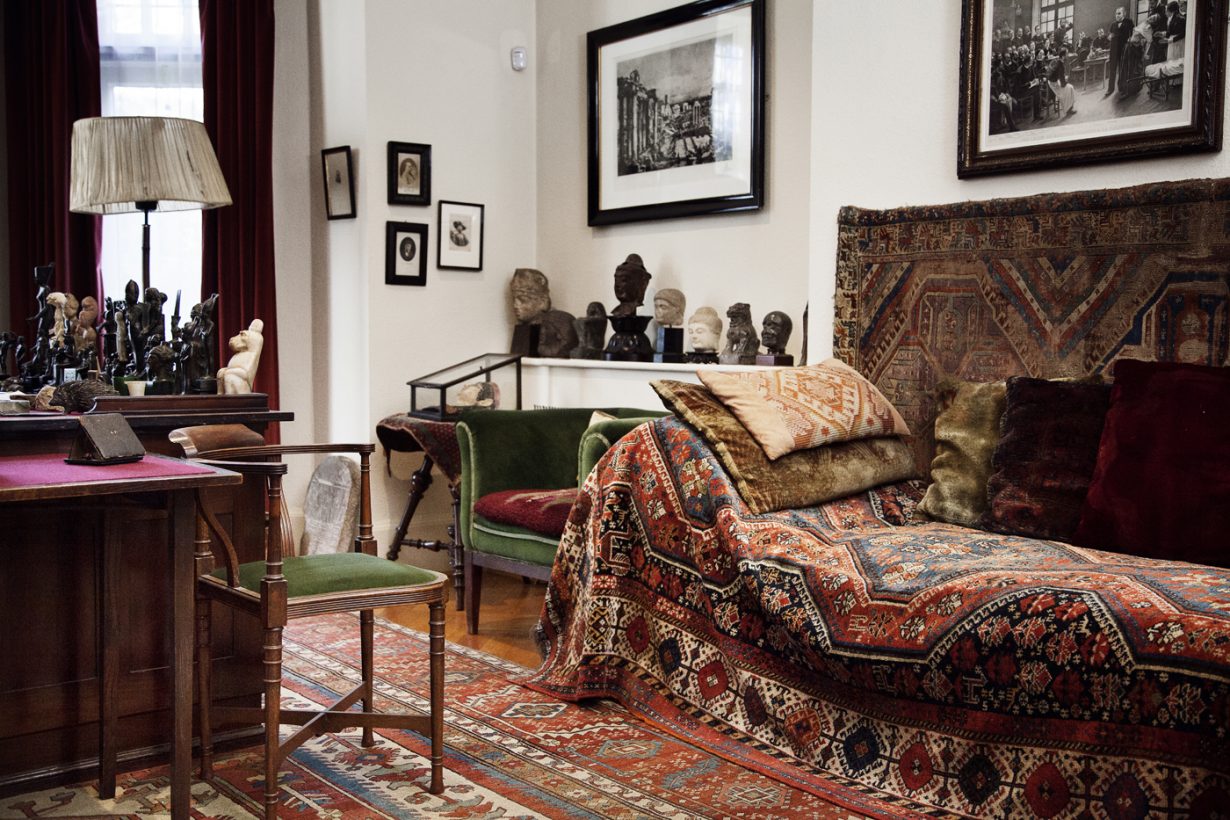
Uneasy Listening: On Hearing and Being Heard
Freud Museum, London, 16 September, 7-9pm
What does it mean to be a ‘good listener’? And is it something that can be learnt? Two authors who practise forms of professional listening – psychoanalyst Anouchka Grose and luthier Robert Brewer Young – mark the release of their new book with this discussion around what listening means and demands of us. Ranging across psychoanalytic theory, philosophy and art, the conversation will also include a performance by cellist Matthew Barley. En Liang Khong
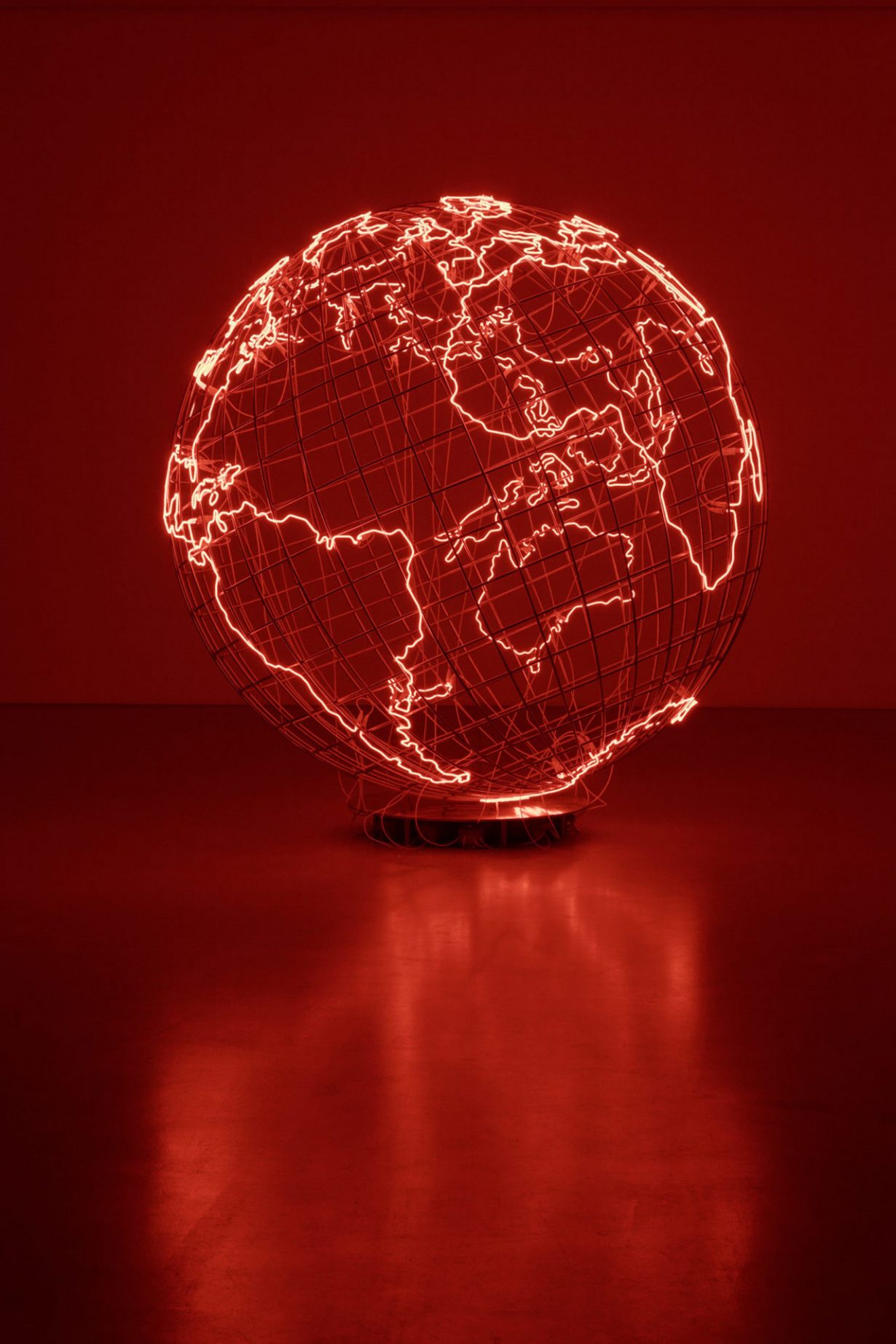
Berlin Art Week
Multiple venues, 14 – 18 September
Now in its eleventh year, Berlin Art Week is the city’s back-to-school reveille after the annual Sommerpause, a five-day aesthetic blowout that encompasses myriad synced openings at galleries, institutions, private collections and pop-up spaces, an art fair, and a sidebar of talks, performances, open studios and music at the event’s HQ in artists’ enclave Wedding. One can accordingly bounce from blue-chip displays such as Max Hetzler’s two-part Anthony Caro presentation to Leila Hekmat’s performances in the lakeside Haus Am Waldsee, from Berlin Art Prize nominee Isabell Schulte’s densely rhythmic, topographical paintings at Moabit project space Spoiler to the POSITIONS Berlin Art Fair at the former Tempelhof airport. Oh, and the Berlin Biennale is still on, too. Plus, as if that weren’t enough, this year – as a reflection of the progressive decentring of the Berlin art scene, with artists and galleries increasingly priced out of the centre – Berlin Art Week is emphasising spaces on the city’s peripheries. The stalwart, politically minded, formerly central NGBK is now in deep-east Lichtenberg, presenting a group show correlating Picasso’s Guernica and contemporary conflict; the Georg Kolbe Museum’s segment of the multi-institution Mona Hatoum show is equally far west. Hire a bike, and in between you can eat all the kebabs you like. Martin Herbert
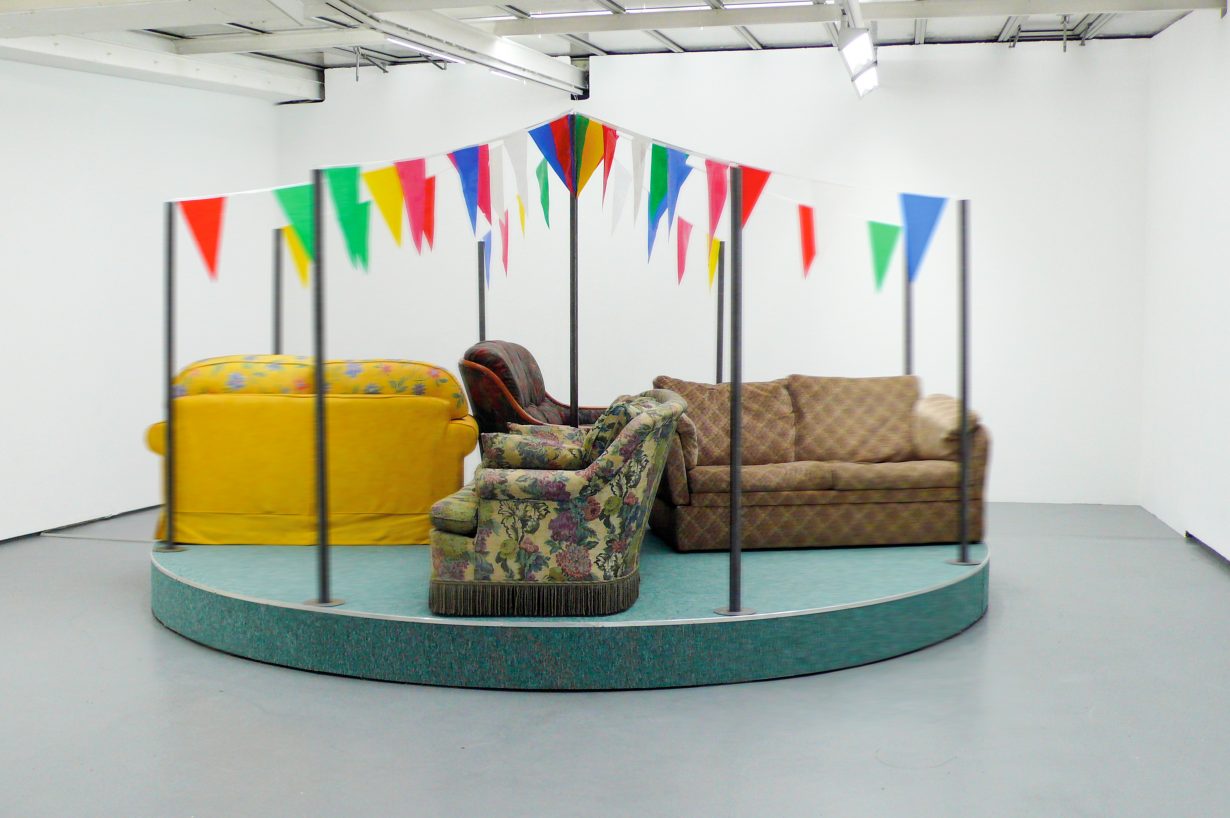
Foire Foraine d’Art Contemporain
Centquatre, Paris, 17 September – 29 January
Forget art fairs: installed at the Centquatre for the next five months, the Foire Foraine d’Art Contemporain (The Funfair of Contemporary Art) gathers historic and new artworks in which artists reimagine the classics of the fairground, with a blend of candour, nostalgia, horror, cheek and satire. Wander through Julio Le Parc’s historic and dizzying hall of mirrors in the sweet smell of waffles; take an ironic ride on Pierre Ardouvin’s carousel, or a cathartic shot at art-historical figures in Pilar Albarracín’s shooting gallery; climb on board a ghost train navigating the twisted worlds of Adel Abdessemed, Luis Buñuel, Berlinde de Bruyckere and others; play a round of Pascale Marthine Tayou’s wheel of insults; or just try your luck at one of the other 40 creations on offer. Of course, like most entertainment, it ain’t free – a €15 entry ticket comes with 20 tokens to use on the various attractions and a few laughs – but compared to, say, Art Basel’s brand new venture Paris+ – where a €40 daypass comes with looking at largely overpriced and inaccessible artworks until exhaustion – this doesn’t sound like a bad ratio. Louise Darblay
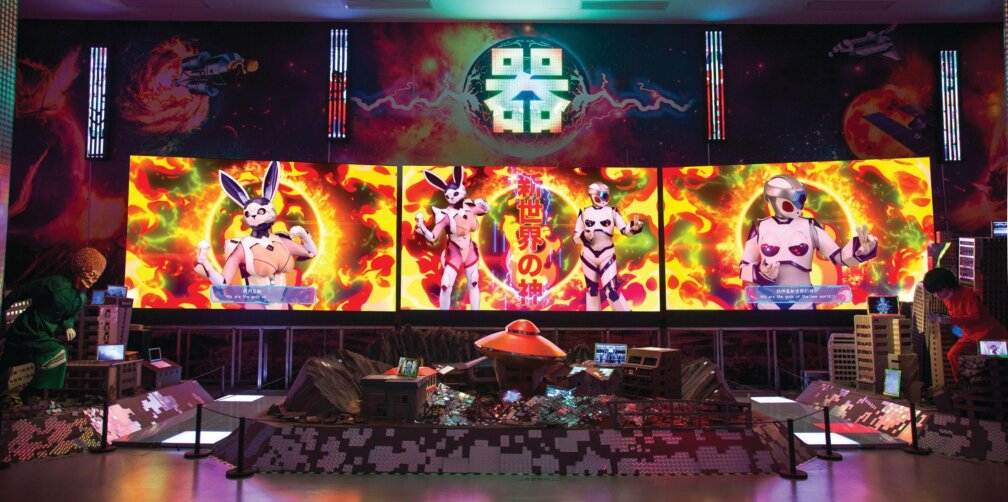
LuYang: NetiNeti
Zabludowicz Collection, London, 22 September – 12 February
Shanghai-based multi-media artist LuYang’s often grotesque and deranged films, video-games and motion-capture animations tap something of the neurosis of twenty-first century online culture. Anime sci-fi, androgynous body-horror, schlock spirituality and DIY neuroscience are smashed together any sense of the ‘normal’ human body disappears in favour of more glamorous, monstrous avatars, taking to extremes zoomer fantasies of escape into a posthuman dreamland. That LuYang goes by the gender-neutral ‘their’, while inventing characters such as the bizarre UterusMan, points to the artist’s seismograph-like sensitivity to the crisis of corporeal identity among a younger generation more wired in that AFK. This, LuYang’s first survey solo show in the UK, is a timely opportunity to consider where online society might be going, and if there’s any going back. J.J. Charlesworth

Grace Schwindt: Defiant Bodies
Kunstmuseum St. Gallen, 17 September 2022 – 5 February 2023
Grace Schwindt’s practice spans filmmaking, choreography and sculpture to offer intimate and probing reflections on history, memory and truth. Such works often incorporate and unfold from conversations the artist has with her subjects, from recollections of childhood to memories of political activism. This autumn the artist’s ceramic installation Witnesses (Bones, Leaves and Other Creatures) (2022) is on view at the Busan Biennale, South Korea – a piece which developed out of a dialogue with a survivor of the notorious Brothers Home internment camp in Busan during the 1970s and ’80s. Meanwhile, Schwindt opens a solo show in Switzerland later this month. At Kunstmuseum St. Gallen, the artist has created a theatrical setting for her sculptures and drawings that spill out from the museum into the parkland outside. En Liang Khong
